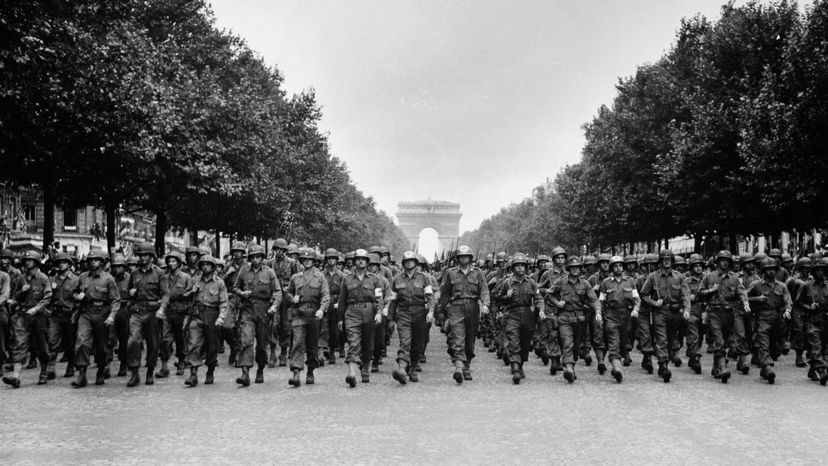
“War! Huh! Yeah. What is it good for…?” According to Edwin Starr, absolutely nothin’. But what about all those war glorification movies featuring the WWII era? FYI: The word glory is taken from the Latin root, gloria, and ultimately settles on this idea of weight or incredible substance. It’s easy to “glorify” the allied actions in WWII because the Axis powers were so obviously evil. And if there’s anything humanity loves, it’s a story of redemption from tragedy, even when written as a victor’s history. Here are 12 of the best films set during WWII.
Advertisement